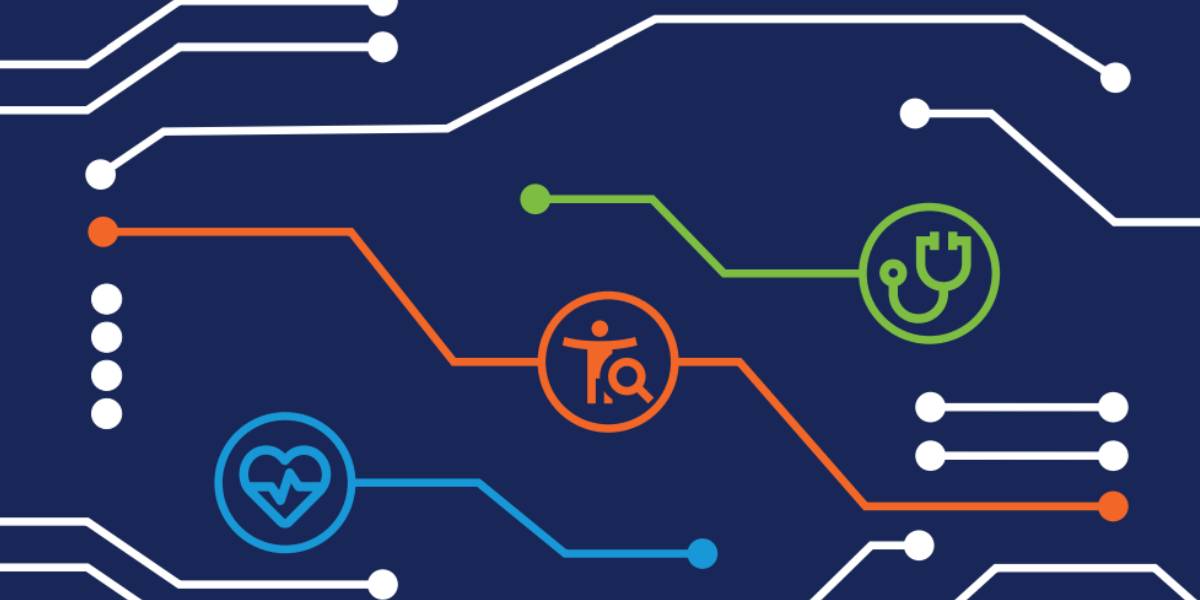LMMs have been adopted faster than any consumer application in history, with several platforms like ChatGPT, Bard, and Bert making an appearance in 2023.

LMMs are unique in their mimicry of human communication and ability to carry out tasks they were not explicitly programmed to perform. (WHO)
Artificial Intelligence (AI), which entails the creation of computer systems capable of emulating human-like tasks such as learning, problem-solving, and decision-making, has seamlessly woven itself into the fabric of our daily existence. Its far-reaching impact extends to crucial domains like healthcare infrastructure.
A pivotal force within the realm of AI is the deployment of large multimodal models (LMMs).
LMMs can accept one or more types of data inputs, such as text, videos, and images, and generate diverse outputs not limited to the type of data inputed. LMMs are unique in their mimicry of human communication.
LMMs have been adopted faster than any consumer application in history, with several platforms like ChatGPT, Bard, and Bert entering the public consciousness in 2023.
In the healthcare sector, LMMs have emerged as indispensable tools for patient treatment and research.
Recognising the burgeoning interest among professionals in harnessing LMMs for their work, the World Health Organization (WHO) has issued new guidelines on the ethics and governance of LMMs.
These guidelines address the ethical quandaries surrounding the rapid advancement of generative AI technology, particularly in its applications within the healthcare domain.
“Generative AI technologies have the potential to improve healthcare but only if those who develop, regulate, and use these technologies identify and fully account for the associated risks,” said Dr Jeremy Farrar, WHO Chief Scientist, in a statement.
“We need transparent information and policies to manage the design, development, and use of LMMs to achieve better health outcomes and overcome persisting health inequities,” he added.
The guidance document outlines over 40 recommendations for consideration by governments, technology companies, and healthcare providers to ensure the appropriate use of LMMs to promote and protect the health of populations.
“This document addresses the growing use of LMMs (including large language models like ChatGPT), which, for use in healthcare and medicine, are trained with highly diverse datasets, extending beyond text, and include biosensor, genomic, epigenomic, proteomic, imaging, clinical, social and environmental data. Therefore, LMMs can accept more than one type of input and generate outputs that are not limited to the type of data entered. LMMs are envisioned for diverse applications in healthcare and drug development,” as per the guidance document.
The new WHO guidance outlines five broad applications of LMMs for health:
While LMMs are starting to be used for specific health-related purposes, there are also documented risks of producing false, inaccurate, biased, or incomplete statements, which could harm people using such information in making health decisions.
Furthermore, LMMs may be trained on data that are of poor quality or biased, whether by race, ethnicity, ancestry, sex, gender identity, or age.
The guidance also details broader risks to health systems, such as accessibility and affordability of the best-performing LMMs. LMMS can also encourage “automation bias” by healthcare professionals and patients, whereby errors are overlooked that would otherwise have been identified or difficult choices are improperly delegated to a LMM.
LMMs, like other forms of AI, are also vulnerable to cybersecurity risks that could endanger patient information or the trustworthiness of these algorithms and the provision of healthcare more broadly.
To create safe and effective LMMs, WHO underlines the need for engagement of various stakeholders: governments, technology companies, healthcare providers, patients, and civil society, in all stages of development and deployment of such technologies, including their oversight and regulation.
“Governments from all countries must cooperatively lead efforts to effectively regulate the development and use of AI technologies, such as LMMs,” said Dr Alain Labrique, WHO Director for Digital Health and Innovation in the Science Division.
The new WHO guidance includes recommendations for governments, who have the primary responsibility to set standards for the development and deployment of LMMs, and their integration and use for public health and medical purposes.
For example, governments should:
The guidance also includes the following key recommendations for developers of LMMs, who should ensure that:

May 09, 2024

May 09, 2024

May 09, 2024

May 08, 2024

May 07, 2024

May 07, 2024